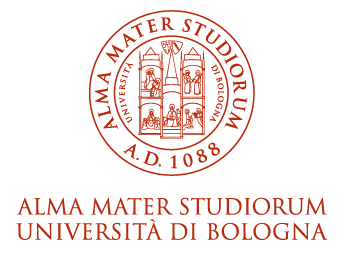- Docente: Nicolò Attilio Speciale
- Credits: 6
- SSD: ING-INF/01
- Language: Italian
- Teaching Mode: Traditional lectures
- Campus: Bologna
- Corso: Second cycle degree programme (LM) in Electronic Engineering (cod. 0934)
Learning outcomes
Upon completing this course, students will be able to:
- apply transform methods to the analysis of analogue and digital signals and linear time-invariant systems
- design and implement advanced Finite Impulse Response (FIR) and Infinite Impulse Response (IIR) digital filters to meet specifications
- create efficient realizations for upsampling and downsampling of signals using the polyphase decomposition
- design digital filter banks
- master basic concepts and definitions of time-frequency techniques (Duration-Bandwidth Principle, Joint Energy Density, Frame Theory)
- apply FT, DFT, Short-time FT and Wavelet Transform to analyze non-stationary signals in real world situations
- recognise the different classes of problem in digital signal processing, and decide upon appropriate methodologies in their solution.
Students will develop the necessary background and proficiency to pursue some of the current research works in wavelets and will be able to work with current software packages in their own area of applications.
Course contents
The course is aimed to deal with some of the basic concepts, methodologies and tools of signal processing using time-frequency techniques (STFT, wavelets, Wigner-Ville). The point of view that is emphasized is expansion into orthogonal and biorthogonal bases. A basic knowledge of Fourier transforms and digital filters is mandatory.
- Introduction. DSP basic tools and the z-transform. Filter Bank analysis and Wavelets: Multirate Signal Processing: filtering, decimation, polyphase systems, perfect reconstruction and aliasing removal. Matrix Analysis: Toeplitz matrices and fast algorithms.
- Multiresolution Analysis and Wavelet Transform: pyramid and cascade algorithms, Daubechies wavelets, orthogonal and biorthogonal wavelets, smoothness, approximation. Time-Frequency and Time-Scale Analysis, Second-Generation Wavelets. Quadratic Time-Frequency Distributions: the Wigner-Ville Transform and the Cohen's Class.
- Design Methods: spectral factorization, cosine-modulated filter banks, lattice and ladder structures. Lifting Scheme. Examples of VLSI architectures for computing the time-frequency spectrum.
- Applications: Sampling, Audio and Image Compression, Medical Imaging, De-noising, Edge Detection and Feature Extraction. Analysis of Physiological signals. Structural defect identification.
Readings/Bibliography
- S. K. Mitra "Digital Signal Processing" 3rd Edition, McGraw Hill, 2006.
- M.Vetterli J.Kovacevic "Wavelets and Subband Coding" Prentice Hall, 1995.
Teaching methods
The course consists of lectures and exercices on topics related to the analysis and design of filter banks structures.
In-depth studies on specific topics related to the student's area of interest are also possible.
Assessment methods
The final exam consists of an interview aimed at verifying the knowledge acquired on the properties and techniques of processing for non-stationary signals. It can be partially integrated with the discussion of the results obtained by the student in the deepening of some topics indicated in the program of the course and agreed with the teacher.
Teaching tools
PC and MATLAB demonstrations.
Office hours
See the website of Nicolò Attilio Speciale
